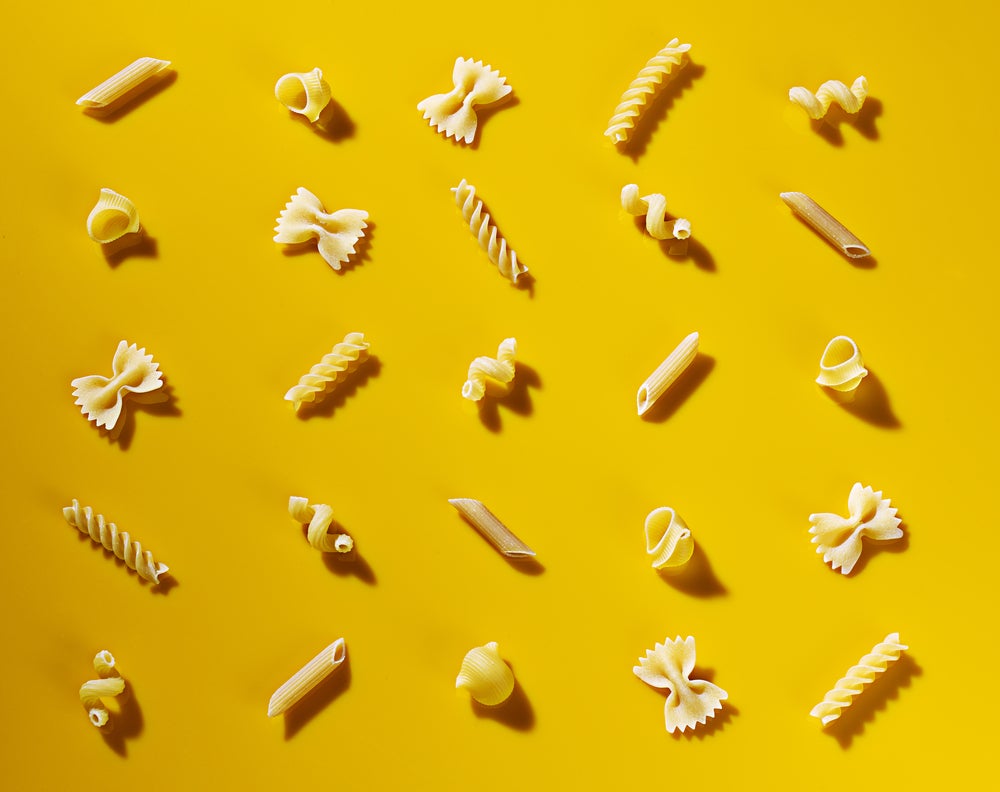How to Shop for Pasta & Picking The Perfect Pasta Variety

Pasta is a staple of many households all over the world and has been for decades. It is loved for its versatility, ease of cooking, and long shelf life. But, the days of one-size-fits-all pasta are long gone. As anyone who has walked through the supermarket pasta aisle in the recent years knows, there are many brands, styles and shapes now available, and they all have slightly differing flavors and textures.
Traditional white pasta is made with wheat flour from which the fiber- and nutrient-rich bran and germ have been removed. Therefore, whole wheat pasta contains more nutrients and is slightly lower on the glycemic index. If stored properly in an airtight container, dry pasta has a shelf life of about two years. Today’s industrially produced pastas are extruded through Teflon dies, making for a smoother texture. I prefer pastas made in the old-world artisanal style using bronze dies, which results in a coarser texture. The coarser the texture, the better the sauce adheres to the pasta.
Fresh pasta usually contains eggs and tends to have a chewier, more tender texture. It cooks quicker than dry pasta but has a very short shelf life – 3-4 days in the refrigerator.
For those avoiding gluten, there are plenty of alternative grain pastas on the market today, including spelt, quinoa, corn, rice, buckwheat, amaranth and bean pastas. Cooking time will vary for each type, so follow the package instructions.
When purchasing pasta, be sure to read the ingredient list; it should only include whole grains and water, without any additives. I prefer imported Italian brands, but encourage you to try different brands and find one whose flavor you like best. The best way to enjoy pasta is to not overcook it or drown it in sauce.
When choosing the shape of your pasta, it is important to consider the recipe you’ll be using it in. Long pastas – like spaghetti or fettuccine – work well with liquid sauces, like marinara or cream-based sauces, because they tend to coat the pasta. Short pastas – like penne or orecchiette – work better with chunkier sauces, like vegetable ragouts or NGI’s beloved tempeh Bolognese.
Eager to learn more about how to shop, cook, and eat more healthfully as a vegetarian? Join our eight-week course Foundations of Plant-Based Nutrition with the Natural Gourmet Institute. Sign up now!